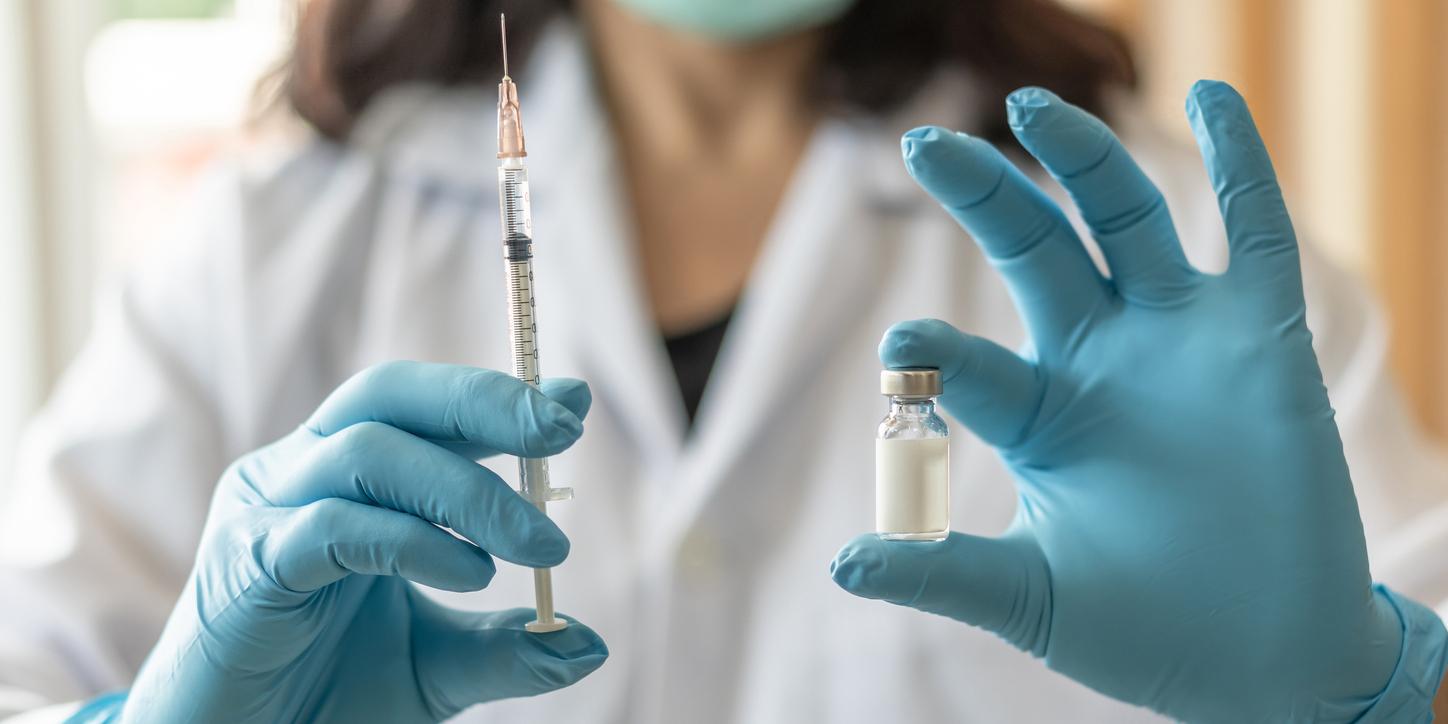An antibody known to defend the skin against environmental aggressions could contribute to the growth and survival of cells with cancerous mutations.

AT global scale, one in three cancers diagnosed is skin cancer. Among the risk factors, prolonged exposure to the sun of course, but also chronic inflammation of the skin which allows the growth and survival of cells with cancerous mutations. Now British researchers have discovered that IgE, an antibody known to defend the skin against environmental aggressors, could be to blame. Their study was published on Tuesday January 14 in the journal eLife. Ultimately, a better understanding of this process could help scientists develop more effective treatments for skin cancer.
Researchers at Imperial College London (UK) used mice to examine what happened after inflammatory substances were applied to their skin. They then discovered that in animals carrying cancerous mutations, chronic activation of the IgE antibody caused by inflammation promoted the growth of precancerous skin cells into tumors. Conversely, mice lacking IgE were protected against the development of these tumours.
This antibody is known for its unintended involvement in allergic reactions. It is also found in healthy skin and is thought to protect against harmful substances or parasitic infections. However, this study shows that chronic inflammation can turn this helpful defense into a harmful one. “IgE strengthen the defenses of the skin barrier by promoting the growth of cells to thicken the surface of the skin in response to harmful stimuli (…) However, this response should be temporary. If it persists in the long term, it can lead to the growth of a tumour”, explains Mark Hayes, researcher in the Department of Immunology and Inflammation at Imperial College London.
“A strong link between IgE and cancer”
In the past, the results of another study by the same researchers showed that IgE could protect mice against carcinogens that damage DNA. Thus, the mechanism of tumor growth and the role of IgE in this process could depend on the different types of environmental exposure.
“Our previous and current results reveal a close link between IgE and cancer (…) But the biological consequences of IgE engagement in the skin clearly depend on the nature of the antibodies and the microenvironment in which the tumor grows. ”, explains Jessica Strid, lead author of the study.
Watch out for whitish or red patches and suspicious moles
In France, skin cancer is one of the most common cancers with nearly 60,000 new cases diagnosed each year. The most common form is carcinoma (basal cell or squamous cell), which mainly affects people over the age of fifty. It is characterized by whitish or red, rough patches that appear on the skin and is fairly well treated.
The most worrying form of skin cancer is melanoma, which usually develops from a degenerated mole, because there is a risk of metastasis: the disease can spread to other organs . However, the chances of recovery increase with early detection.
Also, if you discover a strange mole on your skin, consult a specialist. While waiting for your appointment, you can always refer to the ABCDE rule (for Asymmetric, Edges, Color, Diameter and Evolution), a self-screening technique developed by specialists. According to the latter, a spot or mole with one of the following characteristics may be suspicious: Asymmetry, Irregular edges, Uneven color, Increasing diameter, or Rapidly changing.

.

















